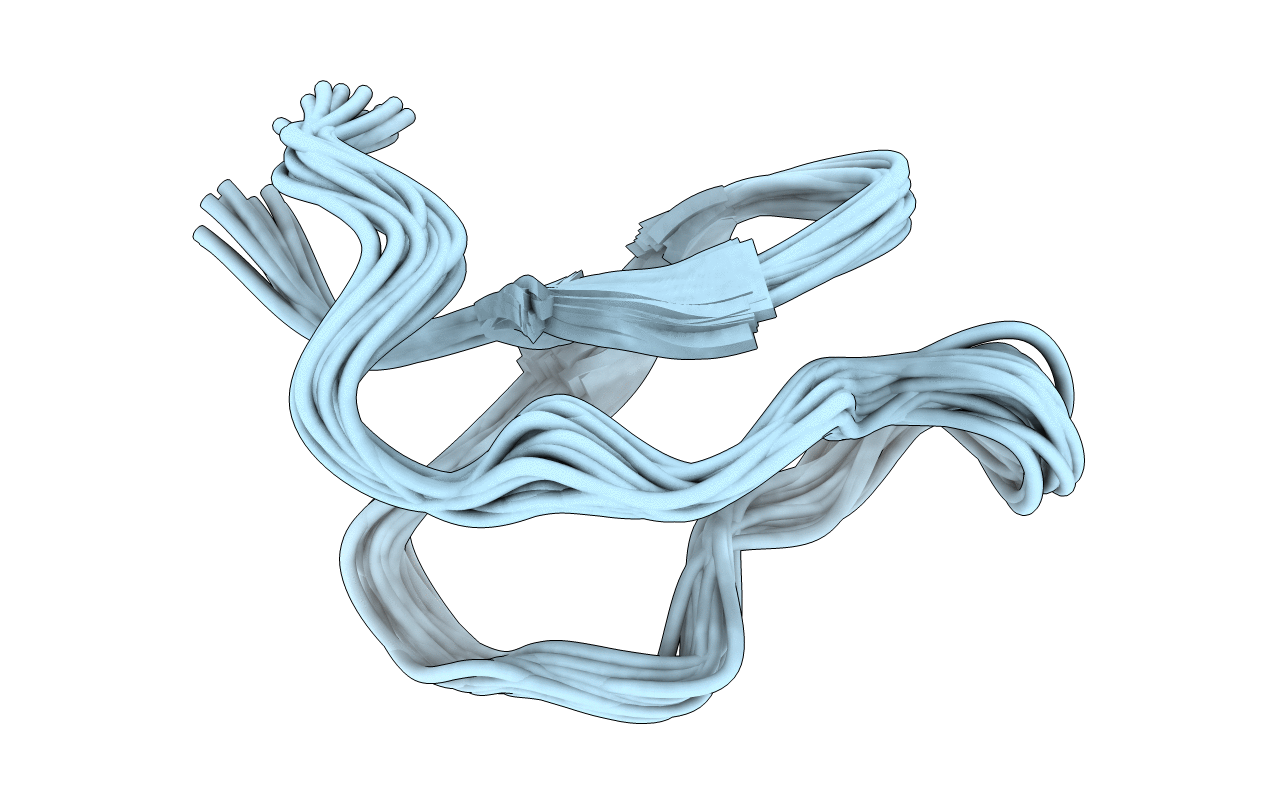
Deposition Date
2018-05-21
Release Date
2019-04-17
Last Version Date
2024-10-09
Method Details:
Experimental Method:
Conformers Calculated:
50
Conformers Submitted:
20
Selection Criteria:
structures with the lowest energy


